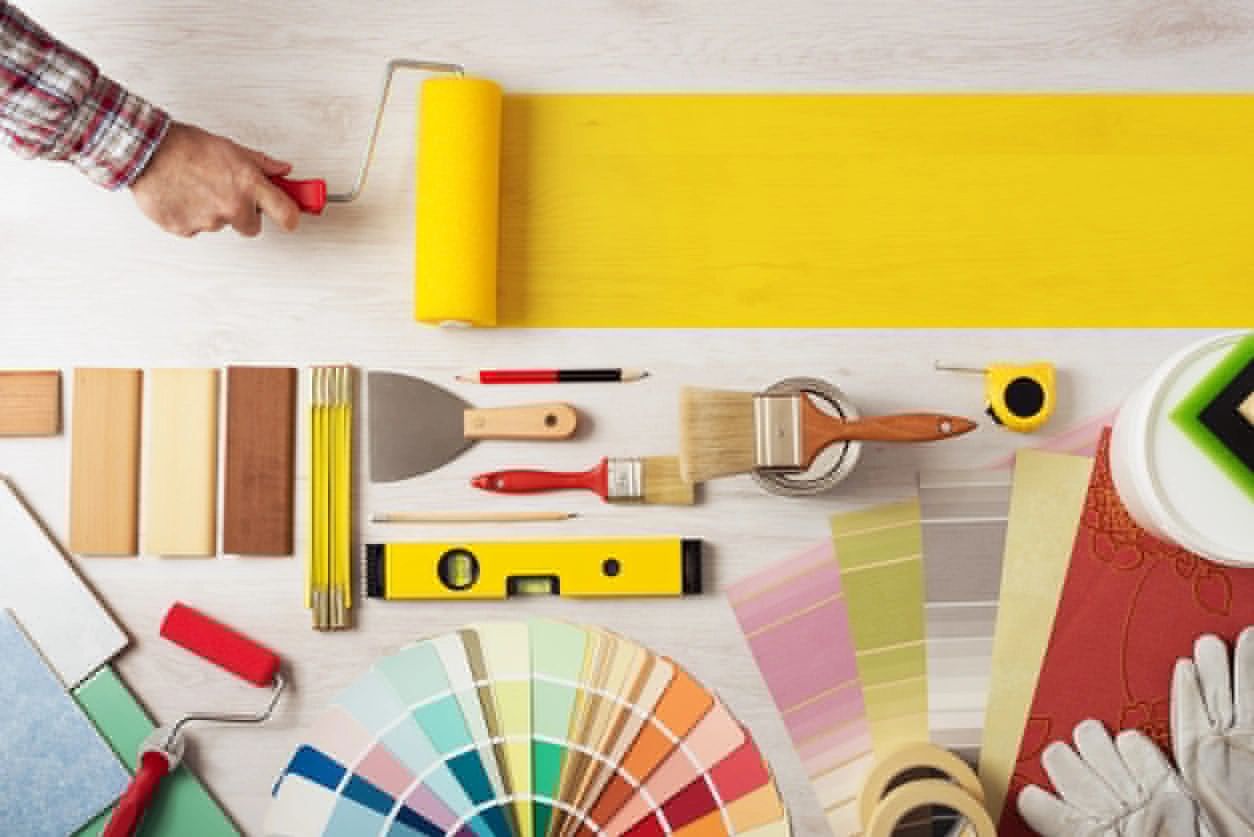Color psychology plays a pivotal role in interior design, influencing our emotions and moods. The colors we choose for our living spaces can create a dynamic atmosphere, evoke specific feelings, and even impact our daily lives. In this article, we’ll explore the fascinating world of color psychology and how to select colors that align with different moods and desired ambiances.
The Science of Color Psychology
Color psychology is the study of how colors affect human behavior and emotions. It’s a field that combines art and science, revealing that colors can trigger various psychological responses. For example, the sight of red can increase heart rate, while blue can have a calming effect. Understanding these responses can help us choose the right colors for our interiors, creating spaces that not only look appealing but also feel right.
Warm Colors for Energy and Passion
Warm colors like red, orange, and yellow are known for their stimulating effects. These hues are associated with energy, passion, and enthusiasm. Red, in particular, can create a sense of urgency and excitement, making it ideal for social spaces like living rooms or dining areas. Meanwhile, orange, with its vibrant and cheerful tones, can boost creativity and conversation. Yellow, the color of sunshine, brings warmth and happiness, making it perfect for kitchens or home offices where a lively atmosphere is desired.
Cool Colors for Calm and Relaxation
In contrast, cool colors such as blue, green, and purple are often linked to tranquility and relaxation. Blue is a popular choice for bedrooms and bathrooms due to its soothing qualities, which can promote restfulness and peace. Green, reminiscent of nature, offers a refreshing and rejuvenating feel, making it suitable for spaces where relaxation and rejuvenation are needed, like a home library or study. Purple, often associated with luxury and spirituality, can add a touch of elegance and calm, ideal for meditation rooms or sophisticated lounges.
Neutral Colors for Balance and Elegance
Neutral colors, including whites, grays, and beiges, serve as a versatile backdrop that can balance more vibrant hues. They are the cornerstone of minimalist and modern design, offering a sense of cleanliness and simplicity. White can create a spacious and airy feeling, enhancing the natural light in a room. Gray, with its wide range of shades, can evoke sophistication and understated elegance. Beige brings warmth and comfort, making it a timeless choice for living areas that aim for a cozy yet refined look.
Accent Colors and Their Impact
Accent colors are the finishing touch that can transform a room from ordinary to extraordinary. These bold or contrasting hues are used sparingly to highlight certain elements or areas within a space. For instance, a bright red cushion on a gray sofa can draw attention and add a pop of energy. Accent colors can also be used to reflect personal style and preferences, making a space uniquely yours. When choosing accent colors, consider the mood you wish to create and how they complement the primary color scheme.
Practical Tips for Using Color in Interior Design
When applying color psychology in interior design, it’s important to consider the room’s function, natural lighting, and the emotional response you want to evoke. Test colors in different lighting conditions, as colors can change appearance depending on the time of day and light source. Don’t be afraid to experiment with different shades and combinations to find what resonates best with you. Remember, the ultimate goal is to create a harmonious environment that supports your lifestyle and well-being.
Summary
Understanding the principles of color psychology can significantly enhance your interior design efforts. By carefully selecting colors that align with the moods and feelings you want to evoke, you can create spaces that not only look beautiful but also promote well-being and comfort. Whether you’re drawn to the vibrant energy of warm colors, the serene calm of cool tones, or the timeless elegance of neutrals, the right color choices can transform any room into a haven that reflects your style and enhances your quality of life.
Please like, comment, and share this article if you found it helpful and
informative.
Visit https://bigtownbulletin.com if you would like to see more of this content.
Please like, comment, and share this article if you found it helpful and
informative.
For more news check out Big Town Bulletin News
For more from Big Town Bulletin check out Big Town Bulletin


